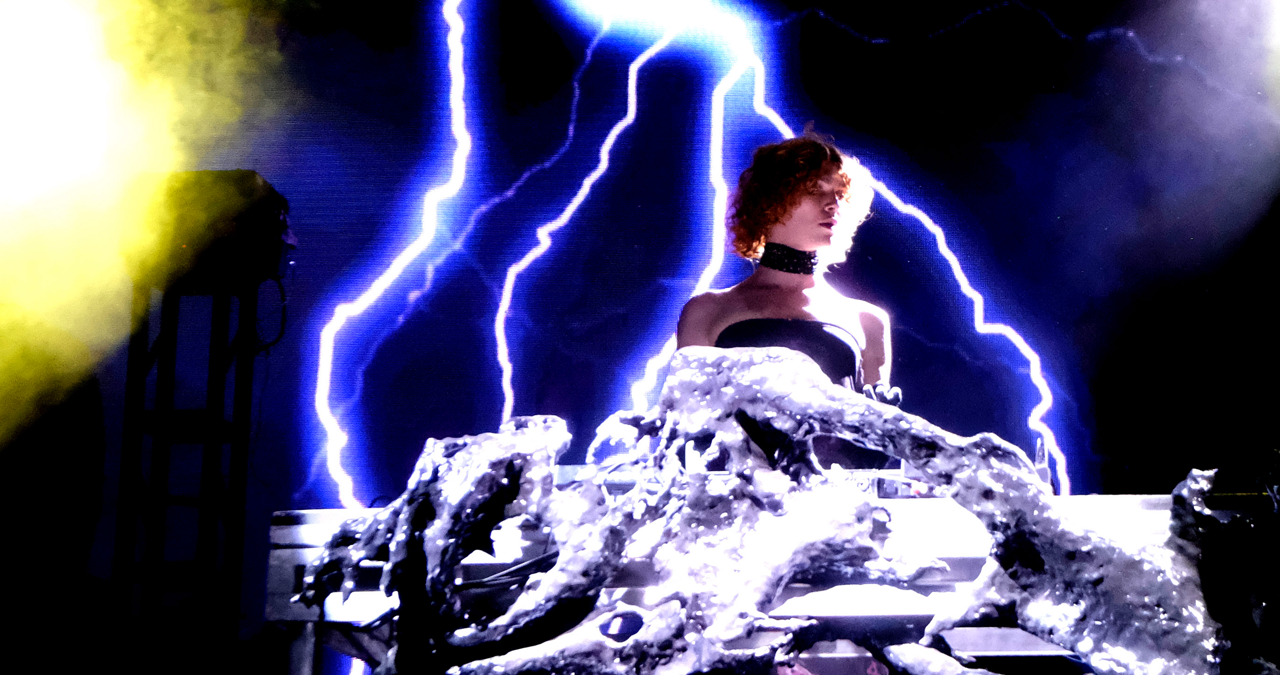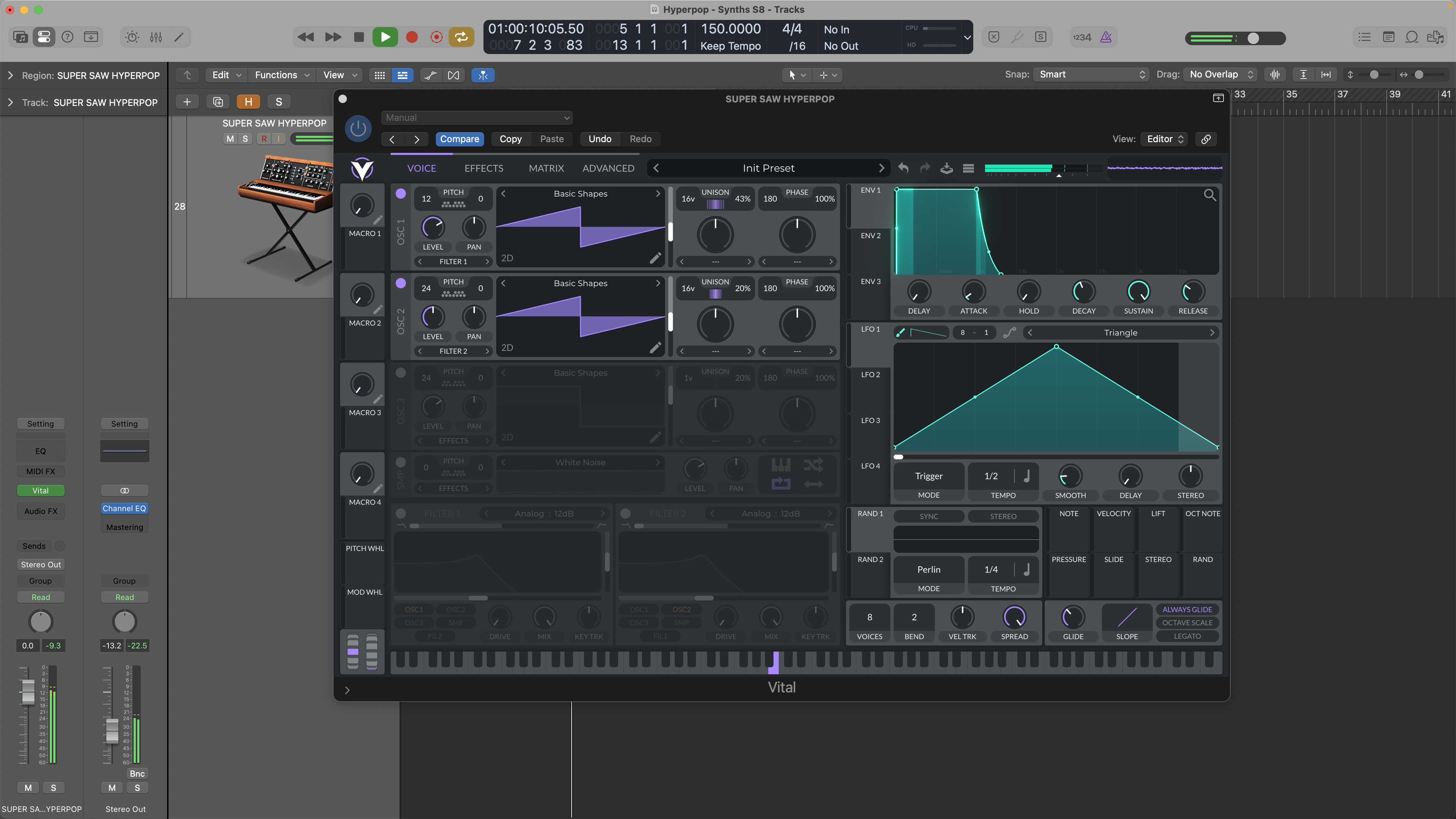How to craft extreme hyperpop textures to make SOPHIE-style tunes
If you're interested in building your own hyperpop-infused tracks, then harnessing a bit of edge can take your mix to another level

Hyperpop might be peppered with pitched up vocals and saccharin melodies, but it’s also partial to some pretty edgy and extreme sounds. Regular beats are often turned into saturated hits or punchy metallics.
Meanwhile basses and leads can also be edgy and angular, or feature high-pitched octaves or intervals that would sound too extreme in more mainstream genres. In this tutorial we take a look at a few relevant examples and how we can program sounds to have that classic hyperpop feel, as heard in tracks from SOPHIE, Charlie XCX and A.G. Cook.
Making edgy hyperpop sounds

1. Let’s start with some beats and in particular an 808-style kick. The basic 808 sound is way too smooth for hyperpop, and doesn’t cut through enough. Typically we process an 808 with some distortion to create additional harmonics that give it presence and clarity. For hyperpop you really need to supersize this process.

2. Here we’ve loaded up a regular 808 kick sound. Try and find a sample that has some pitch bend on the attack and a medium to long decay. If you have an 808 instrument plugin (D16s Nepheton 2 is a good example), you’ll be able to really tailor this sound even more at source.

3. To add distortion there are various tools we can use. To get started we’ve added a regular overdrive plugin, and turning up the drive enhances the attack and decay. This plugin also allows us to tailor the high frequencies, but a regular low-pass filter could also be used to get the right balance from harmonics generated.

4. For a hyperpop sound, the next distortion stage needs to be even more transformative and the best tool is a guitar amp simulation. Here we’ve selected a Marshall-style amp. Using the amp gain and EQ controls we can enhance the decay and add a really saturated sound.

5. Increasing the amp gain can compromise the low frequencies. One solution is to duplicate this track and use parallel processing. This way one track can handle the lower frequencies and for the second we can use a high pass filter and push our gain to more extreme levels.

6. Now let’s take a look at some synth sounds. Hyperpop incorporates plenty of typical synth sounds, but they are utilised in more extreme ways, either through the sound design itself or via the parts played. Let’s start with a typical trance-style riff sound.
Want all the hottest music and gear news, reviews, deals, features and more, direct to your inbox? Sign up here.

7. The ubiquitous supersaw sound is usually created by combining a sawtooth oscillator with multiple unison voices and some unison detune. We can thicken the sound further with a second saw wave oscillator offset up an octave, with unison and unison detune.

8. To turn this core patch into a hyperpop sound we need to add a couple of extra elements. First up, add a third oscillator offset up by 1 or 2 octaves. Make this a square wave for added edge and blend it to taste. Finally, to create some pitch bend between notes add in some portamento. Finesse the sound with reverb and delay.

9. Another classic tone that works particularly well in hyperpop is the short squarewave. You only need one oscillator, so set this to a regular square wave. The aim is to create a short clipped sequence sound that’s the same length whichever way we play it.

10. To achieve this, head to the amplitude envelope and set the attack to its fastest and sustain to zero. Now tailor the decay to get the right length sound and set a short release to taste. Played with high notes this toy-like sound cuts through and is great for counter melodies or arpeggios.
Jon is a London based platinum award winning mixer, producer, composer and club remixer with a diverse CV that spans dance, pop, rock and music for media. He’s also a long term contributor to MusicRadar's music technology tutorials and reviews. Whether working alone or collaborating he usually handles final mixdowns, so you’ll also find MusicRadar peppered with his handy mixing tips.
